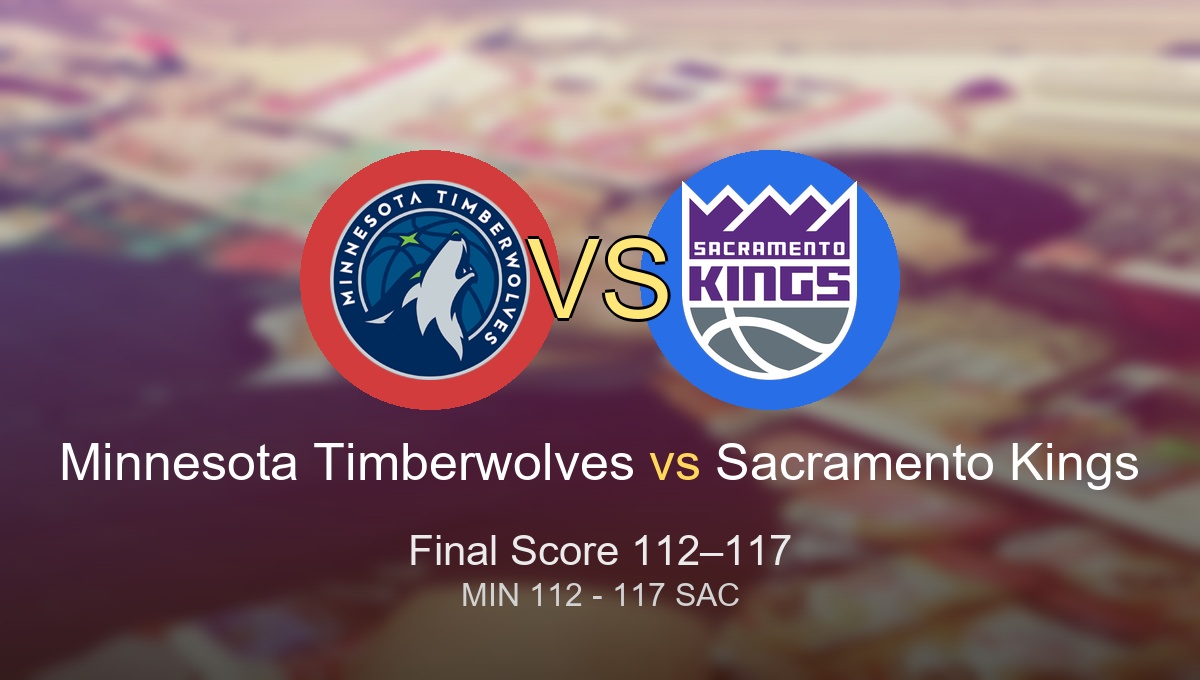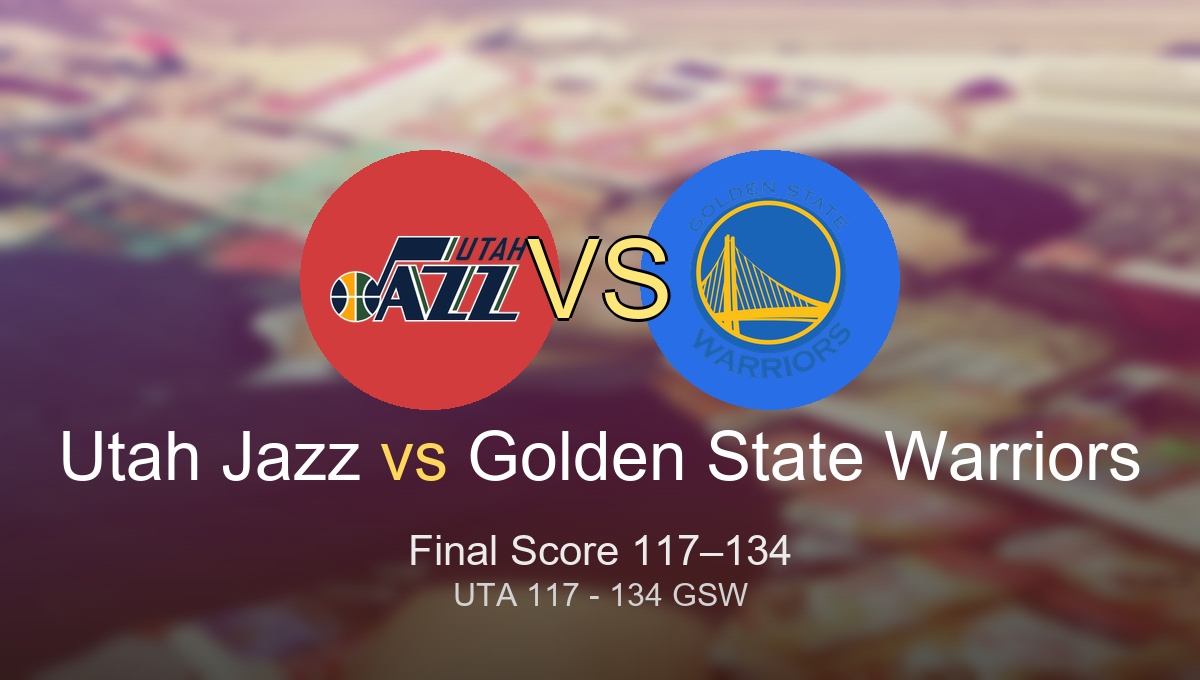
Every great NBA dynasty is built on more than just talent and luck—it’s the cold math of contracts and salary restrictions that shape every championship roster. Understanding how NBA salary cap affects team building isn’t just for front office die-hards; it’s crucial for any fan trying to grasp the chess match happening off the court. Every blockbuster trade, max contract, and veteran minimum is a reflection of this invisible line that governs team possibilities.
If titles are won in June, they’re often lost or won months before in quiet negotiation rooms. Legacies hang on the ability to bend (but not break) the rules. The salary cap is both a barrier and an invitation to creativity in chasing rings and redefining the league’s balance of power.
Let’s break down the defining salary cap moments that shaped NBA franchises, star careers, and the future of team building.
Context: Why This Matters
No barbershop debate about NBA greatness escapes the clash of rings, raw talent, and cultural impact. But there’s a hidden contestant—the salary cap. Why did the Heat’s Big Three work? How did the Warriors add Kevin Durant, or the Lakers swing their blockbuster trades? It’s about more than superstar egos and highlight reels; it’s about constructing a winning puzzle when you can’t buy every piece you want.
Front offices live in that pressure. Fans demand rings, but if you max one player, do you have enough left for depth? Overpaying for yesterday’s All-Star can sink tomorrow’s ambition. The cap brings equity, drama, and headaches—all in the name of competitive balance.
Methodology
This list spotlights not just individual deals, but the moments and decisions that reveal how NBA salary cap affects team building and free agency. Here’s how we broke it down:
- Historical Impact (40%): Was the moment a blueprint, warning, or new horizon for roster construction?
- Championship Influence (35%): Did the move translate to real wins or iconic playoff runs?
- Longevity & Ripple Effects (15%): Did other teams or rules change in response?
- Star Power/Stats (10%): Did the talent acquired live up to expectations?
We drew on NBA.com’s official salary cap info, long-term data and transaction history from Basketball-Reference, and consensus from leading NBA media (ESPN, The Athletic, The Ringer). Hall of Fame perspectives and executive interviews on salary cap strategy rounded out our research.
Defining Moments: 10 Salary Cap Moves That Changed the NBA
1. 2016 Summer: The “Cap Spike” and Kevin Durant to the Warriors
It was July 4th, 2016—Kevin Durant announced his move to the already-dominant Golden State Warriors. The impossible became real: a 73-win team adding a top-3 player. But none of this happens without the NBA’s salary cap spike, driven by a new TV deal that injected an unprecedented $24 million into team budgets overnight.
This wasn’t just roster luck; it was timing, number-crunching, and a perfect storm. The Warriors structured contracts so that three All-Stars—Curry, Thompson, Green—were underpaid by modern standards, freeing up space. Durant’s signing wasn’t a loophole, but a test case: what happens when the system bends, and one team capitalizes faster than anyone else.
Durant’s two rings with the Warriors reshaped how teams attack the cap and how the league responds to money-driven “superteam” formation.
As Steph Curry later quipped, “If the rules give you a crack, you take it.”
Key facts:
– $24M cap spike enabled signing
– Warriors: 2 titles (2017, 2018) with KD
– Changed superteam era forever
Authoritative sources: NBA.com, Basketball-Reference
🧵 On X
https://x.com/search?q=Kevin%20Durant%20Warriors%20cap%20spike&src=typed_query
2. The Miami Heat “Big Three” Coup (2010)
July 8, 2010—The Decision. LeBron James to Miami, joining Dwyane Wade and Chris Bosh. But behind the scenes, it was months of cap gymnastics: the Heat gutted their roster, clearing maximum space to sign not just one, but three All-NBA players to full max contracts.
Heat president Pat Riley’s wizardry set a template: sacrifice your role players today if you can bring in generational talent tomorrow. The move forced the league to anticipate creative cap manipulation in the future, changing how rival teams and front offices approached free agency.
“I just wanted to win,” LeBron said, “and I knew I had to share the load to do it.”
Key facts:
– Heat: 4 Finals, 2 titles (2012, 2013)
– All three stars signed max deals
– Sparked CBA tweaks on cap circumvention
Authoritative sources: Basketball-Reference, ESPN
🧵 On X
https://x.com/search?q=Heat%20Big%20Three%20salary%20cap&src=typed_query
3. The Luxury Tax Comes for the Oklahoma City Thunder (2012)
Game 5, 2012 NBA Finals—the Heat dethrone the young, hungry Oklahoma City Thunder. Within months, OKC faces a decision: pay Serge Ibaka and James Harden, or duck the luxury tax and extend long-term flexibility. They trade Harden to Houston for picks and contracts.
It’s a cautionary tale: even a draft-built core can be torn apart by future tax penalties. The Thunder’s bid to dodge a “repeater tax” kept their books clean, but cost them Harden’s prime—and, for some fans, a dynasty.
“You hope your guys will grow together,” a Thunder assistant was quoted saying, “but the math’s unforgiving.”
Key facts:
– Thunder traded Harden before his prime
– Luxury tax led to breakup
– Harden: MVP, 3-time scoring champ (with Rockets)
Authoritative sources: Basketball-Reference, ESPN
🧵 On X
https://x.com/search?q=Thunder%20Harden%20luxury%20tax&src=typed_query
4. Shaq to the Lakers: Cap Space Opens a Dynasty (1996)
The summer of 1996 felt seismic—Shaquille O’Neal left Orlando for Los Angeles, changing the NBA’s power map. But the untold part: the Lakers created massive cap space, trading away veterans and amnestied salaries to make the biggest offer. Shaq signed the richest contract in NBA history at the time—seven years, $120 million.
This was team-building in its rawest, before Bird Rights and escalating maxes locked up stars for longer. Shaq’s arrival plus a teenage Kobe Bryant kicked off the most dominant frontcourt run of the millennium.
“Everybody wants to be in L.A.—but you gotta have the room for them, too,” said Jerry West, the architect.
Key facts:
– 3-peat (2000–02), 4 Finals with Lakers
– Shaq’s $120M deal largest ever then
– Set superstar free agency template
Authoritative sources: Basketball-Reference, NBA.com
🧵 On X
https://x.com/search?q=Shaq%20Lakers%20cap%20space&src=typed_query
5. The 1999 Lockout & “Max Contract” Era
February 1999—a lockout ends, introducing the modern salary cap, rookie scale, and max player salaries. Gone were the days of spiraling deals for stars and rookies; in came a system to balance supermaxes with mid-level depth.
The change created a new ecosystem: stars could still get paid, but “second and third guys” became essential for depth. Teams that mastered the art of three balanced contracts, instead of two bloated ones, often found playoff success.
“We all wanted to keep our teams together,” remembered Tim Duncan. “A better system lets you do that.”
Key facts:
– Max contract rules still define signings
– Locked in rookie deals
– Balance between stars and depth improved
Authoritative sources: NBA.com CBA FAQ, Basketball-Reference
🧵 On X
https://x.com/search?q=1999%20NBA%20lockout%20salary%20cap&src=typed_query
6. The Spurs’ Dynasty: Cap Flexibility and the Mid-Level Exception
Game 7, 2014 NBA Finals—the Spurs, with no single max star contract, destroy the Heat juggernaut with ball movement and depth. Gregg Popovich’s teams were famous for one thing: financial flexibility. They weaponized the mid-level exception, signing key veterans to affordable deals, and never handcuffed the roster to a single mega contract—until after the wins were banked.
“Spurs basketball is unselfish, even at the negotiating table,” said a former agent.
Their model inspired the newer “strength in numbers” teams. It’s proof that you don’t always need to maximize the cap—you can maximize fit and culture.
Key facts:
– 5 titles (1999–2014)
– Never overpaid one superstar
– Used mid-level exception expertly
Authoritative sources: Basketball-Reference, ESPN
🧵 On X
https://x.com/search?q=Spurs%20salary%20cap%20strategy&src=typed_query
7. The Rise of “Bird Rights” (Larry Bird Exception)
It’s 1983, and the Celtics are able to re-sign Larry Bird even though they’re over the salary cap. The “Bird Rights” rule—allowing a team to go over the cap to keep its own free agent—becomes law. It fundamentally shifts the way the draft, player retention, and dynasty-building work.
Today, Bird Rights anchor almost every team’s cap strategy. Letting homegrown stars walk is rare; the real risk comes with trade timing and supermax extensions, where one wrong bet can change a franchise forever.
As a Celtics exec put it: “Once you draft a legend, you shouldn’t let him leave for math.”
Key facts:
– Teams can exceed cap to keep their own
– Led to longer dynasties
– Still shapes every extension negotiation
Authoritative sources: NBA CBA FAQ, Basketball-Reference
🧵 On X
https://x.com/search?q=Bird%20Rights%20NBA%20salary%20cap&src=typed_query
8. LeBron’s One-Plus-Ones: Star Leverage in the Cap Era
Summer 2014—LeBron James returns to Cleveland, but instead of a traditional max, he inks a series of one-plus-one deals: one guaranteed year, an opt-out in the second. This let him adapt to yearly cap spikes and keep the Cavaliers’ front office on edge, constantly retooling around his (and the league’s) evolving financial landscape.
LeBron’s approach became the blueprint for superstar leverage. Stars could maximize money by timing free agency with cap jumps, and wield outsized influence without long-term risk. For teams, it’s high-wire roster building—more pressure, but more rings if you get it right.
As an anonymous agent said, “LeBron taught everyone: control your own destiny, and your cap number.”
Key facts:
– Multiple Cavs deals: 2014–18
– Leveraged opt-outs for max earnings
– Inspired new star contract trends
Authoritative sources: ESPN, Basketball-Reference
🧵 On X
https://x.com/search?q=LeBron%20one-plus-one%20salary%20cap&src=typed_query
9. The “Stretch Provision” and the Brooklyn Nets Rebuild
In 2016, after moving on from failed superstar trades and aging veterans, the Brooklyn Nets embraced the stretch provision—spreading the cap hit from waived players like Deron Williams over multiple years. It hurt in the short run but set the table for an era of flexibility.
Fast-forward to 2019: Nets can pursue major free agents (Kyrie Irving, Kevin Durant). The lesson? Accepting temporary pain for long-term cap freedom can work—if you pick your rebuild moment right.
“Sometimes you gotta swallow losses now to win later,” said a Nets fan on draft night.
Key facts:
– Used stretch provision to clear space
– Rebounded from worst record (2016–17) to land stars (2019)
– Model for modern rebuilds
Authoritative sources: NBA.com, Basketball-Reference
🧵 On X
https://x.com/search?q=Brooklyn%20Nets%20stretch%20provision&src=typed_query
10. The Luxury Tax Arms Race: Clippers and Warriors in the New CBA
May 2023—Warriors and Clippers enter the playoffs with tax bills over $170 million each. New CBA rules respond with a “second apron,” further punishing big-spending teams by limiting sign-and-trades and mid-level exceptions. The League worries about competitive imbalance.
Teams must now choose: stack expensive vet depth and risk harsh penalties, or retool and gamble on youth. For the richest squads, the arms race is part money, part risk tolerance. “We’re built to win,” said Clippers owner Steve Ballmer, “but even we feel the heat now.”
Key facts:
– CBA “second apron” over $182M
– Warriors, Clippers face new restrictions
– Could force future roster overhauls
Authoritative sources: NBA.com CBA FAQ, ESPN
🧵 On X
https://x.com/search?q=Luxury%20Tax%20NBA%20team%20building&src=typed_query
Final Thoughts: What Comes Next
The NBA salary cap isn’t just a spreadsheet; it’s the heart of every dynasty conversation, every “what if” about team building, greatness, and missed opportunities. From Bird Rights to the recent “second apron” rules, the cap system has crafted a league where every ring is earned on the margins as much as it is on the court.
Salary cap creativity rewards front offices who think five moves ahead. But with every new trick comes a new counter-move—rules rewritten or exceptions closed, forcing the next GM or player agent to innovate again.
With young superstars and global money pouring in, the next decade will almost certainly bring moves we haven’t even dreamed of yet. Understanding how NBA salary cap affects team building is a must for fans trying to predict the league’s next seismic shift.



